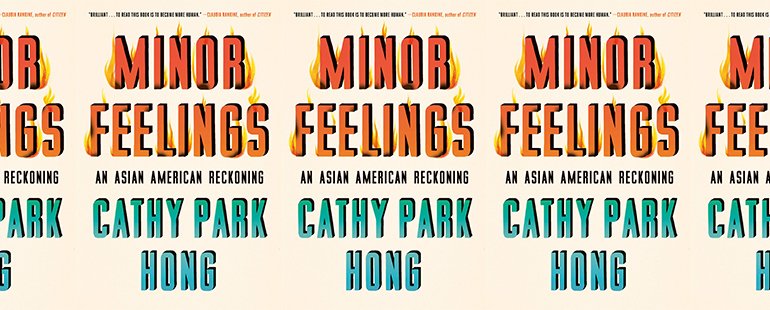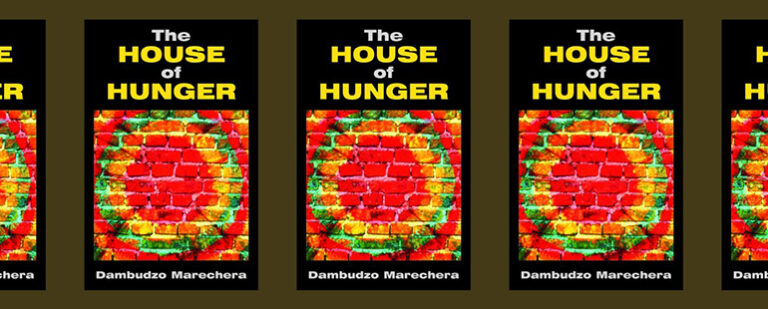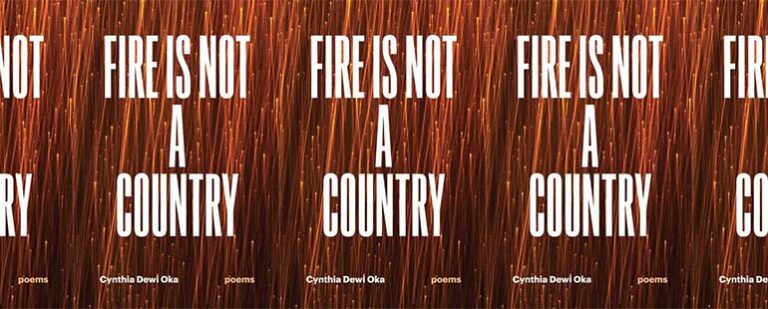Minor Feelings: An Asian American Reckoning’s Exploration of Solidarity

As the COVID-19 pandemic began to ravage the globe, it brought with it a sudden uptick in violence against Asian Americans in the United States. As an analysis by the Center for the Study of Hate & Extremism at California State University, San Bernardino notes, violence against Asian Americans shot up 150% in 2020 while hate crimes overall decreased by 7%. The trend has continued into 2021, with dozens of attacks on Asian Americans reported in the media—importantly, many experts believe the actual number is even higher, as many first-generation Asian immigrants avoid reporting these violent attacks. A significant factor behind the violence is the former president’s antagonistic rhetoric around the coronavirus; it was impossible to avoid the horrific mentions of kung-flu and China virus being tossed around by white politicians throughout the early months of the pandemic.
The rhetoric, and even the violence, isn’t new, but the sharp increase in hate crimes against Asian Americans has led to renewed consideration of what it means to be Asian American—as well as the ways that Asian Americans willingly or unwillingly perpetuate structural racism and how support of the status quo will inevitably backfire. Though published in 2020 before the advent of the pandemic and the racial unrest that marked the year, Cathy Park Hong’s collection of essays, Minor Feelings: An Asian American Reckoning, explores the complexities of Asian American identity in ways that speak to the conversations around racial identity and solidarity that continue into 2021.
In the first essay of the collection, “United,” Hong unpacks the position of Asian American identity, broadly, within the context of white and Black identity. She writes, “In the popular imagination, Asian Americans inhabit a vague purgatorial status: not quite white enough nor black enough; distrusted by African Americans, ignored by whites, unless we’re used by whites to keep the black man down.” Hong succinctly notes one of the key aspects of white supremacy in action: pitting non-white communities against one another in order to sow distrust as a means of preserving the current system.
Racial justice under a culture of white supremacy is most often presented as a zero-sum game. It is this same mindset that leads to the assumption that increased attention on one group means decreased attention on another. In another essay, “The End of White Innocence,” Hong unpacks this concept further. She explains, “In 2011, academics Samuel R. Summers and Michael I. Norton conducted a survey in which they found that whenever whites reported a decrease in perceived antiblack bias, they reported an increase in antiwhite bias . . . at the time of the study, white Americans actually thought that antiwhite bias was a bigger societal problem than antiblack bias.” While Hong focuses on the relationship between white and Black communities specifically here, a similar insight has been taken, since the protests sparked over the lynching of George Floyd in Minnesota in particular, from conversations surrounding the relationship between Asian American and Black communities.
How do we come together to fight racial injustice in ways that move away from the zero-sum logic of white supremacy? In an article for Harper’s Bazaar, Julie Ae Kim, a co-founder of the Asian American Feminist Collective, outlines political solidarity as the way to move beyond the binary, often antagonistic understanding of racial justice under a white supremacist system. She writes, “White supremacy exploits the fear of ‘the other’ by raising up narratives that stoke resentment, that highlight Black and Asian conflict but never the history of solidarity that has existed and flourished.” From a similar approach, law professor and activist Mari Matsuda recently wrote about the long history of intersectionality and critical race theory within discussions of racial justice, specifically in light of the increased violence against Asian Americans. She writes:
It was Kimberlé Crenshaw who first brought up . . . the issue of particular forms of racialized misogyny deployed against Asian American women through media imagery. She was one of the first scholars, of any race, to push for an analysis of US immigration law in increasing Asian immigrant women’s vulnerability to intimate partner violence. Intersectionality theory came out of this crucible, with Asian women critical to the analysis. This was all back in the 80’s.
What Kim, Matsuda, and Hong bring to our attention in this moment is the importance of speech, of speaking out both about our experiences as Asian Americans and as individuals dedicated to solidarity among communities. Without sharing the long history of solidarity between the Asian American and Black communities, these important connections will be lost. It isn’t enough to focus only on a single individual or group getting ahead. We must shift the focus to encompass as many individuals as possible in ways that move beyond the status quo. In the essay “The Indebted,” Hong quips,
The takeaway from the crowd-pleasing opening scene in the novel and film Crazy Rich Asians is the following: if you discriminate against us, we’ll make more money than you and buy your fancy hotel that wouldn’t let us in. Capitalism as retribution for racism. But isn’t that how whiteness recruits us? Whether it’s through retribution or indebtedness, who are we when we become better than them in a system that destroyed us?
There is a precarity in clinging too tightly to these racial distinctions in order to gain a leg up within the system. This has been made clear in the increase in violent attacks against Asian Americans: we are only acceptable so long as we are accepted—a model minority up until the point that we weren’t. In “United,” Hong notes: “the status of our model minority can change.”
Speaking and connecting with other communities creates the opportunity to think of racial identity and racial justice in terms outside of those laid down by an oppressive system. In another part of her Harper’s essay, Kim says, “Failing to speak out because we have internalized our invisibility and racism keeps our community vulnerable. Our invisibility allows the media and the state to shape our narrative with stereotypes like the model minority myth and keeps us comfortable until a scapegoat is needed. But when people show up for each other and build trust, we disrupt that pattern.”
In the final essay of Minor Feelings, Hong admits that she began the collection as “a dare” to herself. She explains, “I still clung to a prejudice that writing about my racial identity was minor and non-urgent.” Yet, Hong’s collection proves to be critically important. Though an unfathomable number of things have changed in the short span of time since Minor Feelings was published, Hong’s exploration into her Asian American identity, and her willingness to critically engage with the complexities of racial justice, remains vital.
This piece was originally published on March 17, 2021.


